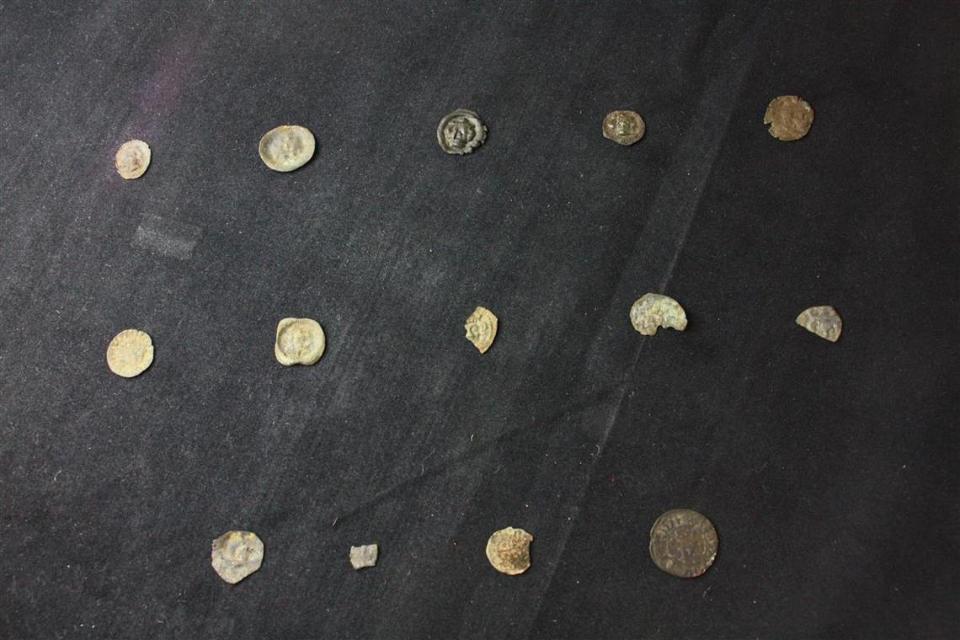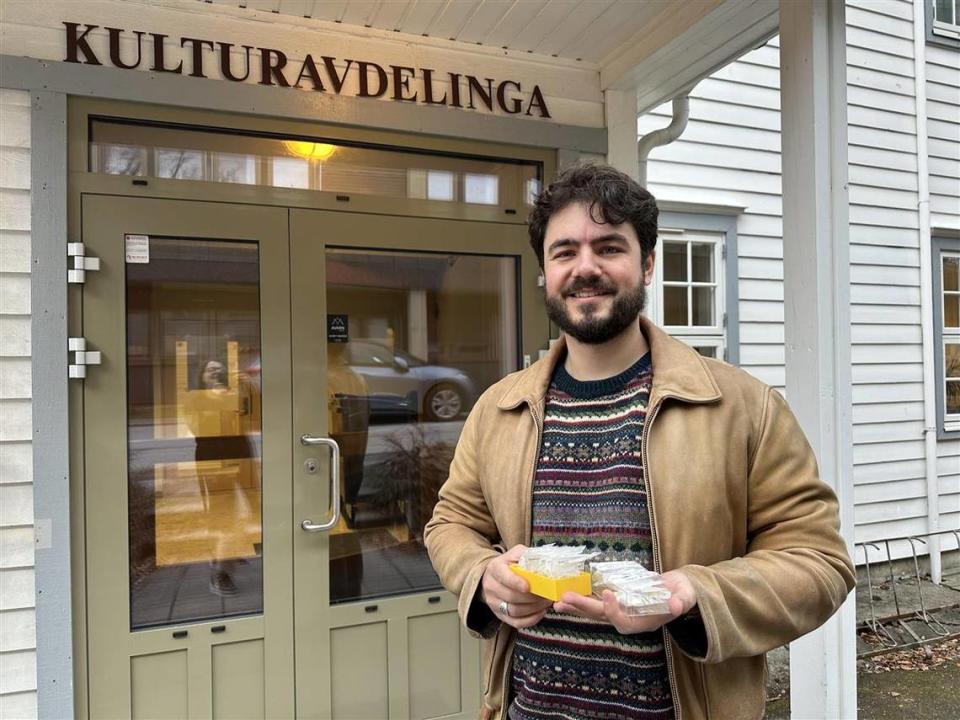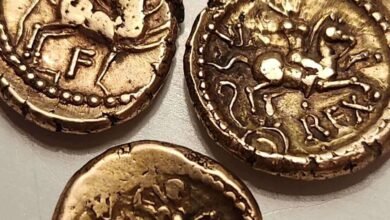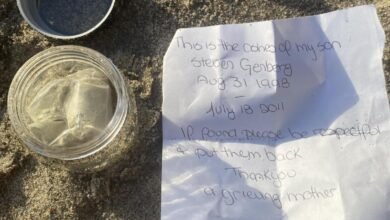Boys found a rare silver treasure under the church and kept it in a box for 60 years – until now

A couple of boys decided to go treasure hunting in Norway. They thought the local church would be a good place to search and crawled under the building. Buried in the dirt, the boys discovered several silver coins.
That was in 1964.
Jan Gunnar Fugelsnes said he and his brother did not realize the significance of their find at the time. But treasure was treasure, so they put the coins in a box and kept them.
Sixty years later, archaeologists got their first look at the boys’ discovery, Møre and Romsdal County Council said in a March 6 press release. Fugelsnes still lives in the area and told archaeologists about the coins after investigations began at Edøy church, where the boys found the treasures.
The set of 14 silver coins turned out to be an incredibly rare, 600-year-old artifact, according to archaeologist Carl Fredrik Wahr-Hansen Vemmestad.

Discover more archaeological finds
What do we learn about the past? Here are three of our standout archeology stories from the last week.
→ Emerald artifact ‘ignored’ for 80 years was ‘rare’ 500-year-old find
→ The 2,400-year-old underground discovery baffled experts for decades – until now
→ Stone sarcophagi remained unopened for 600 years – until now. See what was found inside
Most of the coins were dated between 1300 and 1350, but one coin was dated between 1450 and 1481, officials said. Several coins were marked with crowns.
Only a handful of coins of this type have ever been found in central Norway, Vemmestad said in the press release. The age and location of the coins suggest that they were part of a burial mound beneath Edøy Church in the Middle Ages.
The area beneath the church was excavated by German troops during World War II and used as an ammunition storage facility, officials said.


Fugelsnes and his brother also found nine needles, three metal fittings and an amber bead under the church, he told researchers.
Archaeologists identified the bead as part of a prayer wreath and the 700-year-old pins as part of the deceased’s clothing.
Fugelsnes, 67, handed over the rare coins to archaeologists, Norwegian news agency NRK reported. The artifacts were sent to a museum for further analysis.


Edøya is an island in Møre and Romsdal counties and about 250 miles northwest of Oslo.
Google Translate was used to translate the press release from Møre and Romsdal County Municipality and the NRK article.
Experts say 8,600-year-old bread – the oldest of its kind – has been found near an oven in Turkey
‘Crowns of death’ unearthed in forgotten cemetery of 300-year-old hospital in Germany
Ancient sites – including some ‘lost tombs’ – rediscovered in Cyprus after 20 years



